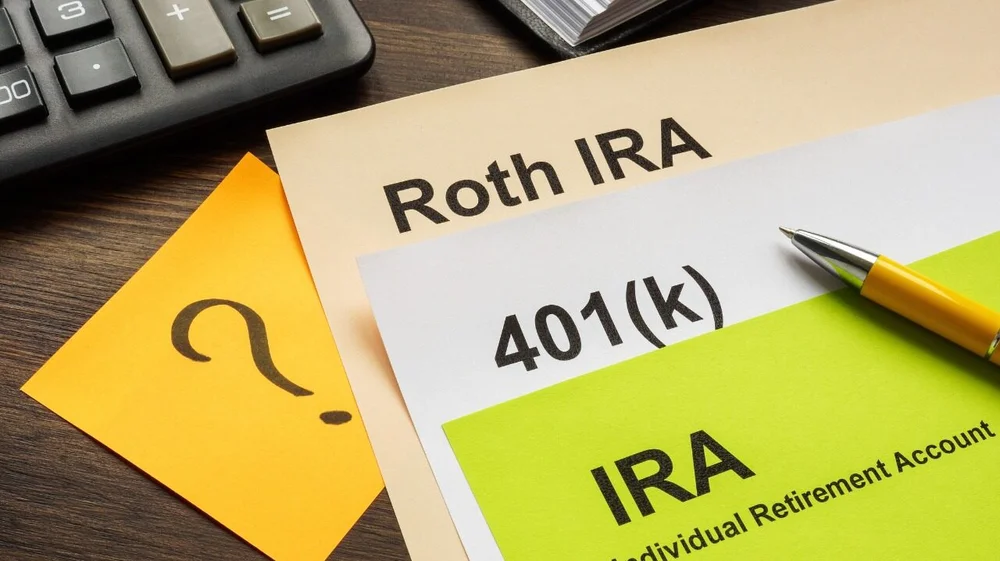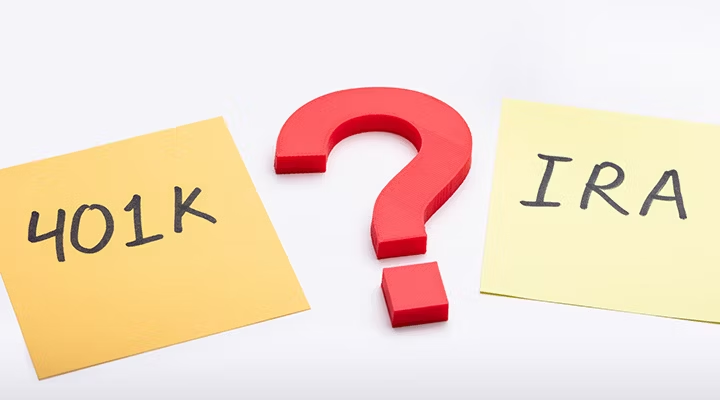Planning for retirement is a crucial aspect of financial well-being, and choosing the right retirement account is a significant decision. In the United States, two of the most popular options are the Individual Retirement Account (IRA) and the 401(k). Each has its own set of advantages and drawbacks, making it essential to understand their differences to make an informed choice.
Whether you’re just starting your career or are well on your way to retirement, understanding the distinctions between an IRA and a 401(k) can help you maximize your savings and ensure a comfortable future. This guide will delve into the key features of both accounts, helping you determine which one aligns best with your retirement goals.
Understanding IRA and 401(k)

When comparing IRAs and 401(k)s, it’s important to first understand the basic structure of each account. An IRA is a retirement savings account that individuals can open independently, allowing them to contribute up to a certain limit each year.
One of the key benefits of an IRA is the flexibility it offers in terms of investment choices. You can choose from a wide range of investment options, including stocks, bonds, mutual funds, and more. This flexibility allows you to tailor your retirement portfolio according to your risk tolerance and financial goals.
On the other hand, a 401(k) is typically offered by employers and allows employees to contribute a portion of their salary to the account on a pre-tax basis. One of the significant advantages of a 401(k) is the potential for employer matching contributions.
This means that your employer may match a portion of your contributions, effectively giving you free money towards your retirement. However, the investment options in a 401(k) are usually more limited compared to an IRA, as they are determined by the plan offered by your employer.
Tax advantages of IRA and 401(k)
One of the most critical factors to consider when choosing between an IRA and a 401(k) is the tax treatment of each account. Both IRAs and 401(k)s offer tax advantages, but they operate differently.
With a traditional IRA, contributions are typically tax-deductible, which means you can reduce your taxable income for the year you contribute. The money in the account grows tax-deferred, meaning you won’t pay taxes on the gains until you withdraw the money in retirement.
However, withdrawals in retirement are taxed as ordinary income. Roth IRAs, on the other hand, are funded with after-tax dollars, meaning contributions are not tax-deductible, but withdrawals in retirement are tax-free, provided certain conditions are met.
Similarly, contributions to a 401(k) are made with pre-tax dollars, reducing your taxable income in the year you contribute. Like a traditional IRA, the money in a 401(k) grows tax-deferred, and withdrawals in retirement are taxed as ordinary income.
Some employers also offer Roth 401(k) options, which work similarly to Roth IRAs, where contributions are made with after-tax dollars, but withdrawals in retirement are tax-free.
Contribution limits and employer matching
Contribution limits are another crucial factor to consider when choosing between an IRA and a 401(k). For 2024, the contribution limit for an IRA is $6,500, with an additional $1,000 catch-up contribution allowed for those aged 50 and older. In contrast, the contribution limit for a 401(k) is significantly higher at $22,500, with an additional $7,500 catch-up contribution for those aged 50 and older.
Employer matching is a significant advantage of 401(k) plans that IRAs do not offer. Many employers will match a percentage of your contributions, typically up to a certain limit.
For example, an employer might match 50% of your contributions up to 6% of your salary. This match can significantly boost your retirement savings, making a 401(k) an attractive option if your employer offers a match.
Flexibility and investment options
When it comes to flexibility and investment options, IRAs generally offer more freedom compared to 401(k) plans. With an IRA, you have the ability to choose from a wide range of investments, including individual stocks, bonds, mutual funds, ETFs, and more.
This level of control allows you to tailor your investment strategy to your specific retirement goals and risk tolerance. In contrast, 401(k) plans typically have a more limited selection of investment options, as they are chosen by the plan administrator.
While some 401(k) plans offer a variety of mutual funds, others may have a more restricted selection. However, the convenience of payroll deductions and the potential for employer matching can offset the limited investment choices in a 401(k).
Choosing between an IRA and a 401(k) depends largely on your individual financial situation and retirement goals. If you have access to a 401(k) with employer matching, it’s often a good idea to take full advantage of this benefit before considering an IRA.

